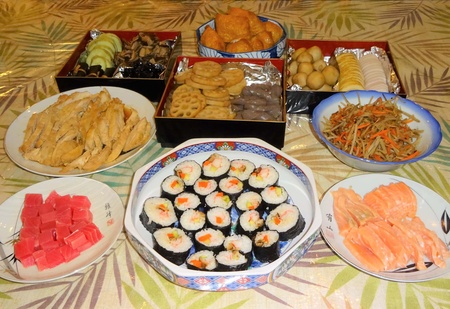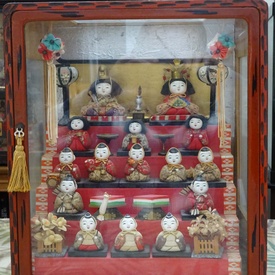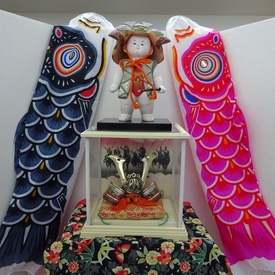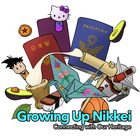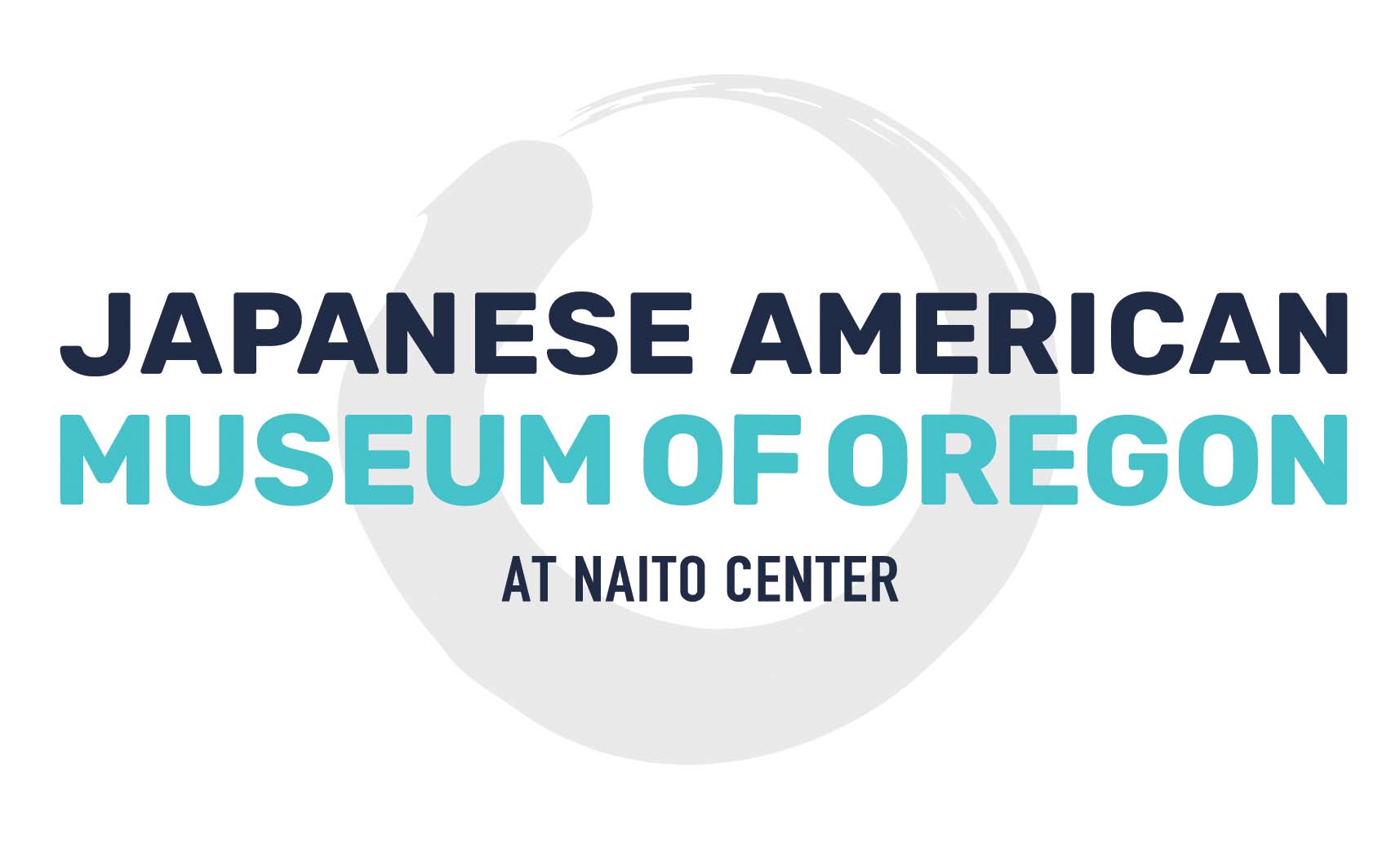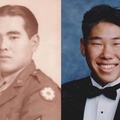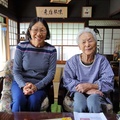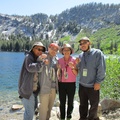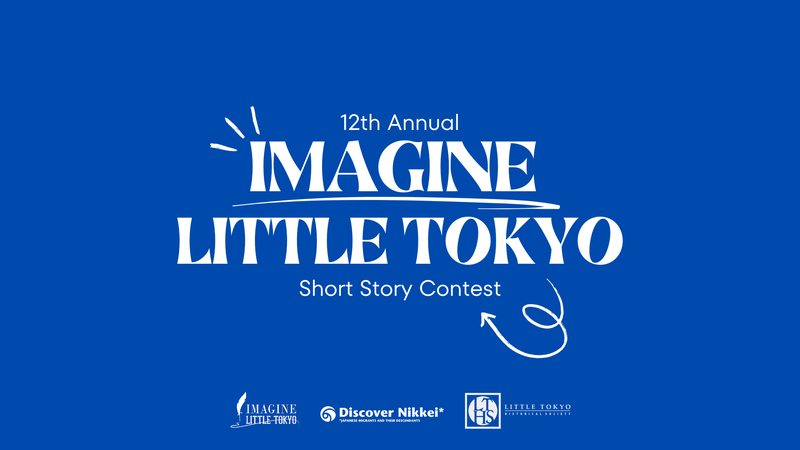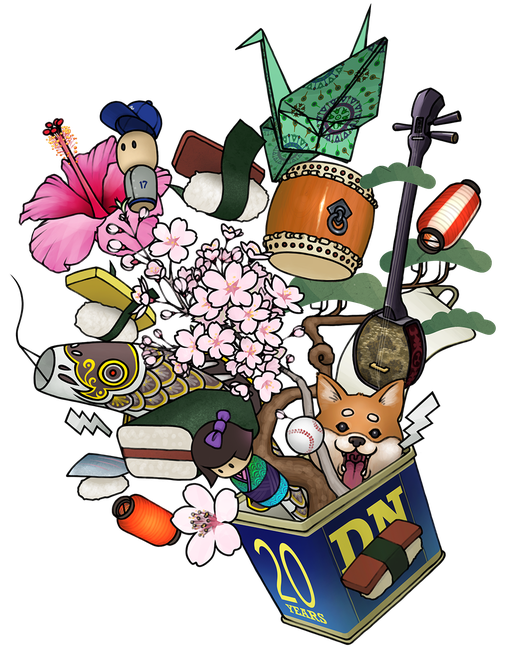I can hear the words that Mom would repeat again before she drifted into her moments of Alzheimer. She would tell me to remember and never forget the memories that we shared together. Some of her memories of the past were tragic and sad. Others were happy and hopeful. These memories were told in stories, shown in photos or kept as documents to remember.
My life started on New Years Day of 1948 in Asakusa, Japan. Mom, Yaeko Niikura, was born and raised in Gunma, Japan. Dad, Yoneto Nakata, was born in Sanger, California but raised in Hiroshima, Japan. Mom said Dad was an U.S. Army Veteran of the MIS. She had no knowledge of the significance of the letters MIS (Military Intelligence Service). MIS was a top-secret unit of the Japanese American soldiers fluent in Japanese language during WWII and helped shorten the war by two years.
Mom’s life was to happily raise her daughter near her parents’ house in Japan. However, Dad hoped for a better life in America. He wanted his daughter to be raised in both Japanese and American traditions. They decided to set sail in February of 1948 for California without their beloved daughter.
My grandparents raised me in a typical Japanese family. Then came the unhappy news that Dad had passed away on May 28 of 1948. Dad had a military funeral at Evergreen Memorial Park in Los Angeles, California. His ashes were sent to Hiroshima, Japan. Mom received his American flag that was draped around his casket. He was 29, Mom was 21 and I was 6 months old living in Japan. The family in Japan were devastated about their tragedy.
I was two when Mom returned to Japan, after marring an older Nisei (second generation Japanese American) man and had a new baby who became my sister. Growing up in America would be a challenge for both mom and me. We had to learn about a new culture and language.
While my sister and I were attending elementary school, Mom remembered being told not to speak in English to her daughters because of her heavy Japanese accent. My stepfather was born in Houston, Texas and raised as an American speaking only English. He was a hard-working Nisei father with no time to spend with his daughters to teach them English or play together. Mom would raise both daughters in a traditional Japanese family as she was raised in Japan.
On Saturdays, my sister and I attended Venice Japanese Language School from 9 am to 3 pm. We learned to speak conversational Japanese, read and write all different forms of Japanese characters (hiragana, katakana and kanji). Mom was thrilled with our progress in Japanese. She taught us Japanese songs, “Haru ga Kita” (Spring Has Come) and read Japanese folktales, “Momotaro” (Peach Boy). My sister did not enjoy Japanese School on Saturdays. She wanted to play with her friends at home. I felt lonely by myself at school without a playmate and sister.
Mom’s favorite holidays was Oshogatsu (Japanese New Year’s Day) on January 1 which was a national holiday in Japan. All businesses were closed that day. It was the busiest time of the year for the families to clean out the old year and to celebrate the new one. Debts were paid, borrowed items returned, and houses thoroughly cleaned. A display of Okansane or kagami mochi (two-tiered circular rice cake topped with an orange tangerine) would decorate the front of the butsudan (Buddhist altar).
All night Mom cooked different kinds of Japanese foods that would bring us good luck, good health and good fortune. These dishes included sushi, teriyaki chicken, baked tai fish, sashimi (raw fish), kuromame (black bean), satoimo (taro root), gobo (burdock), and renkon (lotus root). While she cooked or tasted these foods, her thoughts would return to her own mother preparing the Osechi Ryori (New Year’s food) in Japan.
The first thing that we ate was ozone (soup with rice cake) with our favorite Japanese vegetables. Being a mindful Mother, she combined both Japanese and American customs together. At the end of the day, we celebrated my birthday with a cake including candles and presents. Our Oshogatsu lasted days with Japanese food and my birthday cake. We were filled with delicious food and happy memories.
Another favorite holiday for Mom was Hinamatsuri (Japanese Girl’s Day) on March 3. It was the time to wish for good health and happiness for all young girls. Having two daughters, our family would display their Hinaningyo dolls (a set of dolls which represent the royal court of the Heian era) on a small table in the living room. Mom told us these dolls would carry away misfortune and bad luck from young girls. Our Japanese doll case contained the Emperor, Empress, and their attendees.
Mom loved dressing me up for Girl’s Day just like her own Mom did in Japan. I wore a bright colorful Japanese kimono with kanzashi (Japanese hair ornament) in my hair and getas (wooden clogs) on my feet. Mom and I celebrated by eating Sakura-mochi (sweet manju wrapped in cherry blossom leaf) from Fugetsu Do Bakery Store in Los Angeles. This became our mother and daughter time together.
During the Summers in Los Angeles “Little Tokyo”, our family attended the yearly NiseiJapanese Festival with parades of Japanese dancers, marching bands, floats introducing the debut of the Nisei Week Queen and her Court. There were demonstrations of all forms of martial arts and exhibits of ikebana (flower arrangement), bonsai (miniature trees), doll-making, and calligraphy. There were games to play and lots of Japanese foods to eat at the Buddhist temples.
Obon was a Buddhist observance to honor the memory of the deceased by attending the memorial services, participating in the bon odori (Japanese dancing) and raising funds for the temple. Mom considered Obon the most important Japanese Buddhist tradition. She believed that the ancestors would return to the living world as spirits once a year to visit her family. To help these spirits find their way home, lanterns would be hung in front of their homes.
Our family would visit their ancestors at the ohaka (grave site) at Rose Hills Memorial Park in Whittier, California to clean, bring fresh flowers and do gassho (a Buddhist gesture of reverence and thanks made by placing palms together). If the ancestors were far away in Japan, we would do gassho in front of our butsudan (Buddhist altar) at home or at our OCBC (Orange County Buddhist Church) in front of the onaijin (altar area).
Sadly, Mom passed away on April 30 of 2013 and became the latest member of the family for our next Obon. Mom greatly influenced me to continue with her favorite Japanese holidays and traditions through memories that we shared together when she was alive.
In 2016, I visited Hiroshima, Japan where I met my dad’s only living relative, Sayoko Dehari (age 90). Then I received Dad’s koseki (family tree) and brought his ashes home to America from the Renkoji Temple in Hiroshima. He was reburied at Rose Hills next to my ohaka.
In 2018, I once again visited Japan to see my mom’s relatives in Gunma, Japan. I met three generation of her ancestors: The Iida family, the Niikura family, and the Nobusawa family. All three families including myself did gassho together at their private ohaka in Gunma.
In my early 60’s, I began writing stories to Discover Nikkei about my ancestors and learned more about myself through their shared memories.
At the present time, I am married with two sons. I shared my memories through my writings, old photos, and documents that I will pass onto my sons. I did add a new holiday to Mom’s tradition, Tango No Sekku (Boy’s Day) on May 5. This holiday changed its name to Kodomo No Hi (Children’s Day) and became a national holiday to include all young girls. It was a time of the year to respect all children’s personalities, celebrate their happiness and thank their mothers.
The display of the kabuto (samurai helmet) was placed on our mantle at home. This miniature samurai helmet symbolized the wish of our community for its young boys to grow strong and brave like the Samurai. The koinobori (Japanese colorful carp windsock) would be hanging on bamboo sticks outside our house. These flying carps symbolized courage, strength and perseverance for all boys. The red colored koinbori symbolized the oldest son and the blue colored koinbori symbolized the youngest one. Our family ate kashwamochi (sweet manju wrapped in oak leaf).
My wish has always been for my sons to visit the birth places of our ancestors and to continue these Japanese traditions with their families. These shared memories of my ancestors and mine hopefully will become a legacy for them.
© 2023 Mary Sunada
Nima-kai Favorites
Each article submitted to this Nikkei Chronicles special series was eligible for selection as the community favorite. Thank you to everyone who voted!


